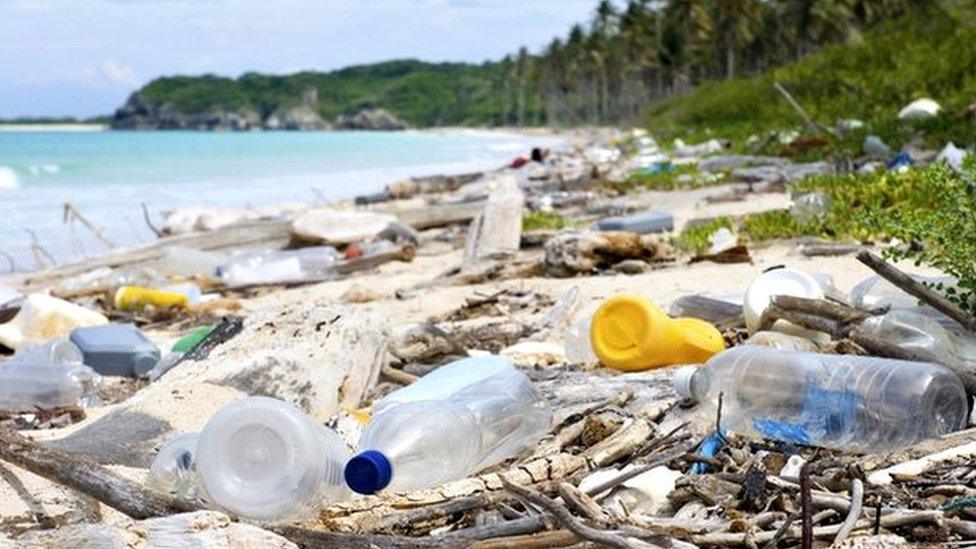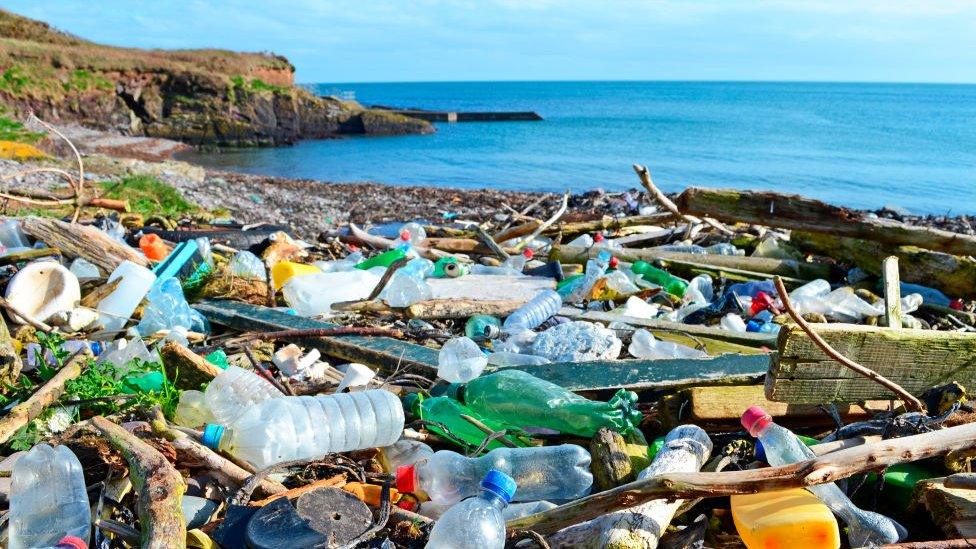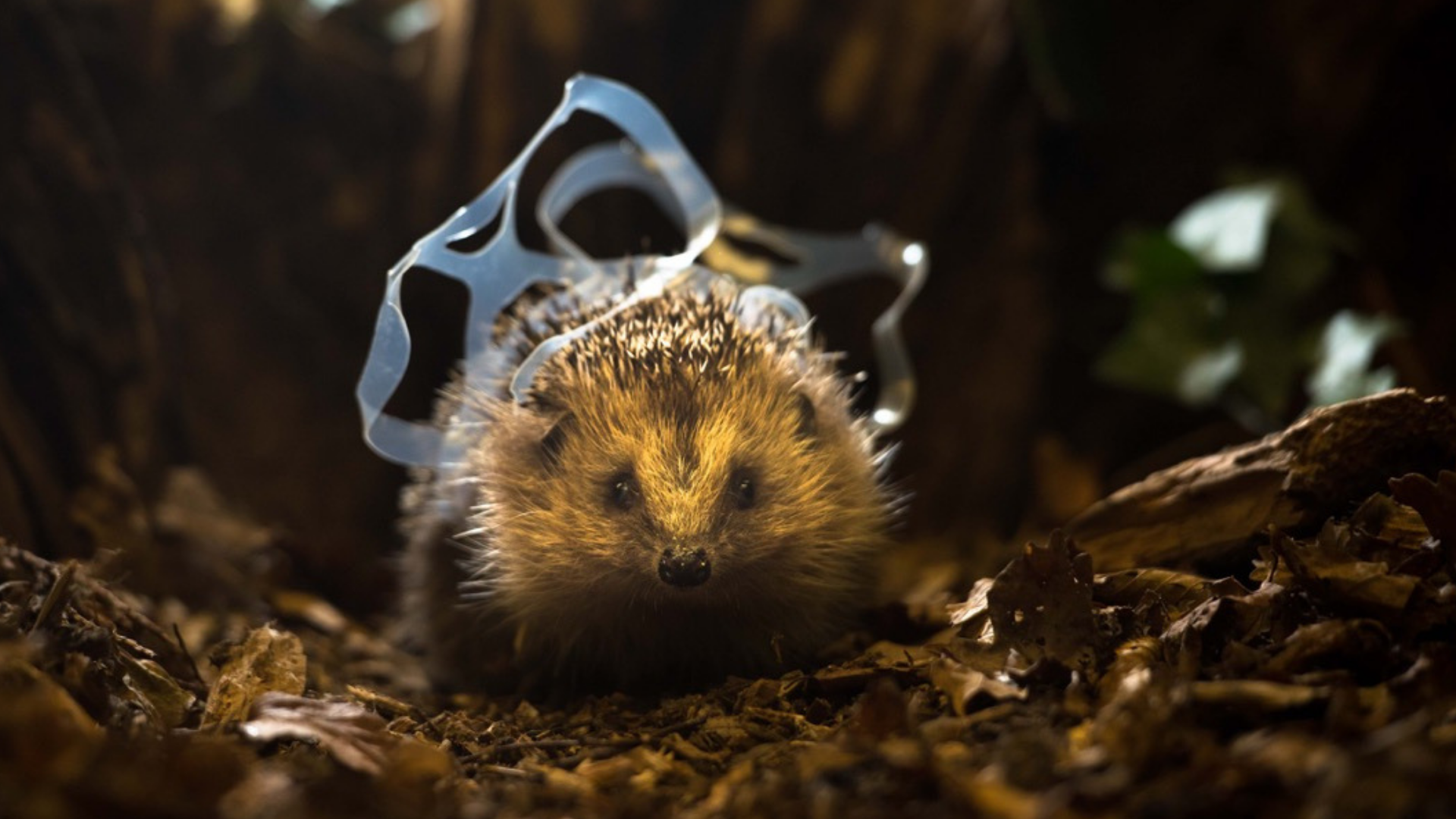Plastic pollution: Litter is still damaging some of the most protected areas in the UK
- Published
- comments

Protected coastal areas have just as much litter as unprotected areas - that's according to new research.
Protected areas, or conservation areas, are locations which receive protection - like more money, support or extra care - because of their natural or cultural importance.
Areas where coastal wildlife or their habitats are under threat, for example.
So you'd think protected areas would have less litter, but a study by the Marine Conservation Society found "no difference" in the amount of man-made litter inside and outside of these areas.

These include the 91 marine conservation zones, 256 special areas of conservation and 89 special protection areas - created for birds.
Plastic was the main form of litter found, and "public littering" seemed to be the biggest reason for it.

The study, which used data from Marine Conservation Society beach cleans, found marine protected areas in Kent and Devon and Cornwall had the highest levels of shore-based litter.
One of the researchers said: "Marine protected areas have no physical boundaries so, to protect them from any potential impacts of litter, we need to take a whole-system approach and reduce the overall amount of litter being released into the environment."
What do you think about the news? What needs to be done to stop people littering?
Let us know in the comments.
- Published29 November 2018

- Published16 April 2019

